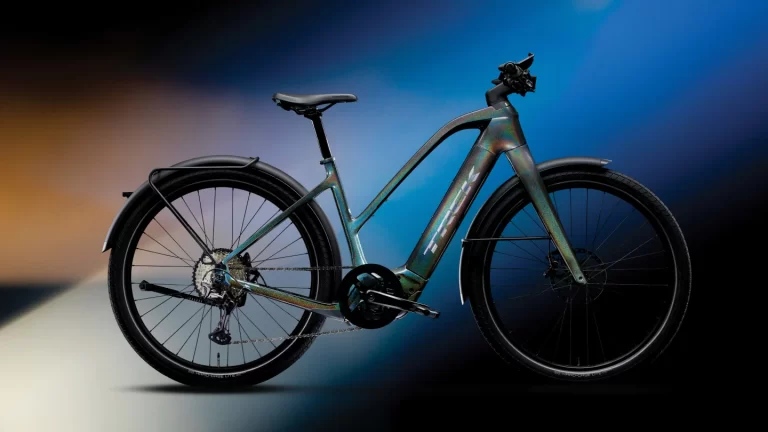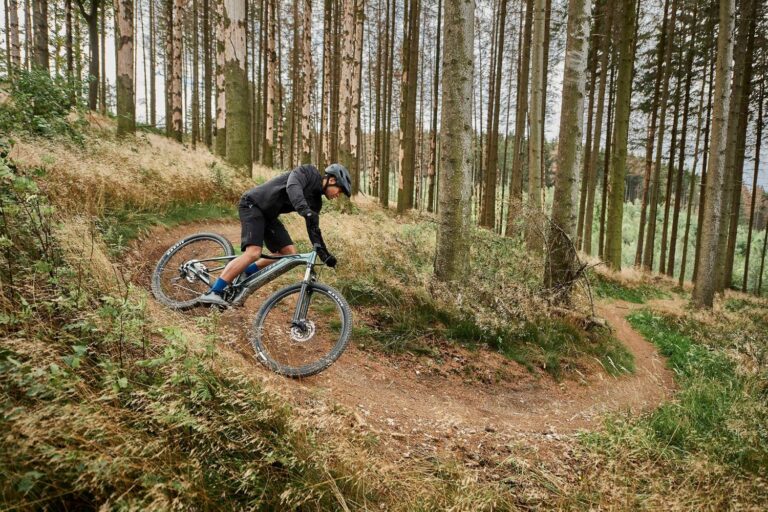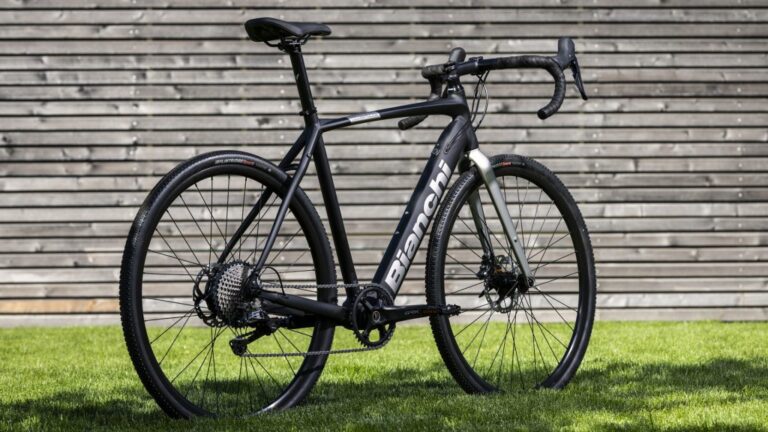The Role of Aerodynamics in City Cruiser E-Bikes
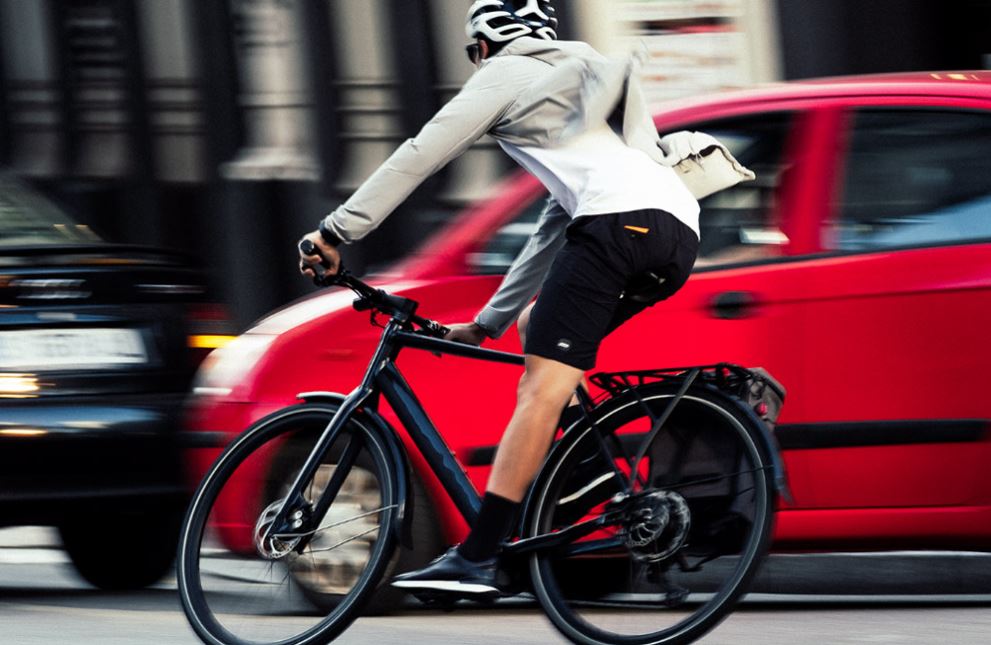
Key Point Summary of The Role of Aerodynamics in City Cruiser E-Bikes:
- Aerodynamics in Urban Riding: Aerodynamics plays a crucial role in city cruiser e-bike design, influencing speed, battery life, and overall efficiency. Understanding wind resistance can help riders make informed choices about their bikes and riding techniques.
- Wind Resistance: It’s a significant factor affecting urban cyclists. E-bikes designed with aerodynamic principles can help mitigate this, making rides less physically demanding and more energy-efficient.
- Bike Design: Features like streamlined frames, integrated components, and wheel design contribute to reducing drag. These design elements not only enhance performance but also extend battery range by requiring less power to overcome air resistance.
- Riding Techniques: Simple adjustments in riding posture and strategy can significantly impact aerodynamic efficiency. Adopting a more streamlined position and using accessories designed for aerodynamics can improve ride performance.
- Impact on Battery Life and Efficiency: Aerodynamic efficiency translates directly into better battery life and range. By reducing the drag force, e-bikes can travel further on a single charge, making them more sustainable and cost-effective over time.
As someone who’s felt the thrill of speeding down a mountain trail, the grit of grinding through a gravel path, and the finesse required to navigate a cyclocross course, I’ve developed a keen sense of how wind plays into the equation of biking. It wasn’t until I embraced the world of city cruiser e-bikes, however, that I began to appreciate the subtle yet significant impact of aerodynamics in the urban cycling landscape.
Aerodynamics and Urban Riding: A Hidden Game-Changer
Urban riding, with its stop-and-go traffic, tight corners, and often unpredictable wind patterns, might not seem like the first place where aerodynamics would make a big splash. Yet, it’s here that the principles of air resistance become fascinatingly relevant. E-bikes, with their promise of an easier ride thanks to electric assistance, still face the age-old challenge of overcoming drag—a factor that can dramatically affect their efficiency and battery life.
Imagine cruising through the city streets on your e-bike. You’re enjoying the ease of pedal assist, but as you gain speed, you feel a noticeable pushback from the wind. This is wind resistance at play, and it’s where aerodynamics steps in to smooth things out. On traditional bikes, reducing drag is all about enhancing performance and reducing effort. On e-bikes, it’s that plus optimizing battery life. Less resistance means less power needed from the motor, which translates to longer rides on a single charge.
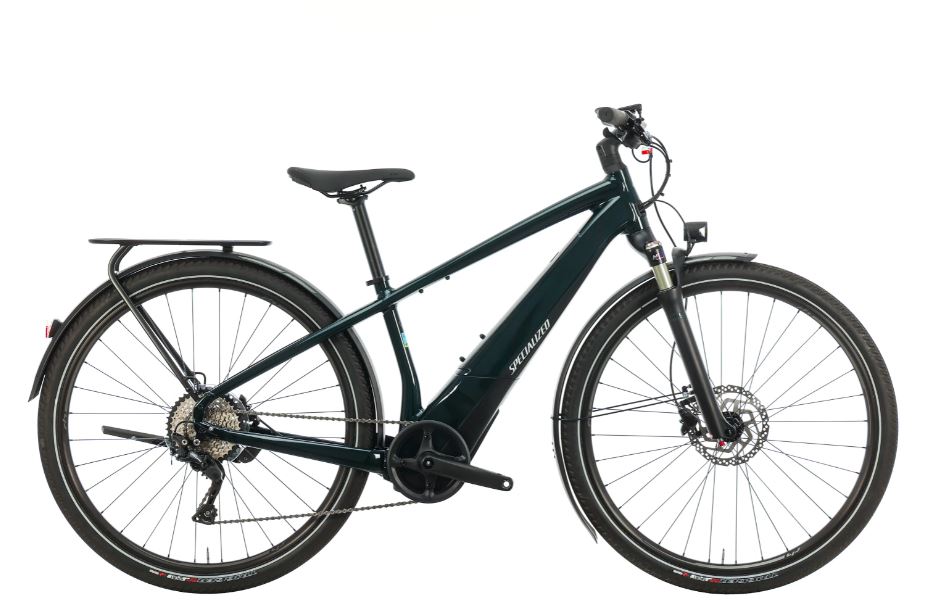
Designing for the Wind: How City Cruisers Cut Through the Air
The design of city cruiser e-bikes has evolved significantly, with aerodynamics playing a leading role. Streamlined frames that slice through the air, integrated components that minimize exposed wiring and mechanical parts, and even the shape and size of the wheels are all considered to reduce drag. These might seem like minor details, but together, they make a substantial difference in how the bike interacts with the air around it.
One personal anecdote comes to mind when I think about bike design and aerodynamics. I was riding a sleek, modern city cruiser e-bike, noticeably faster and with less effort than my older, more traditional e-bike on the same urban route. The difference? Aerodynamic design. The newer model boasted a frame that was optimized for airflow, and it was immediately apparent in both the ride feel and the battery usage by the end of the day.
Rider’s Role in Aerodynamics
The bike’s design is just one side of the aerodynamics coin; the rider’s behavior and choices play a significant role, too. On my various cycling adventures, I’ve learned that something as simple as tucking in your elbows, lowering your head, or choosing tighter-fitting clothing can have a noticeable impact on how the wind affects your ride.
This is especially true for urban e-bike riders. Adopting a more aerodynamic riding position can help conserve battery power, allowing for longer rides without the need for a recharge. Additionally, accessories like streamlined helmets and even the choice of panniers or backpacks can contribute to a smoother ride through the city.
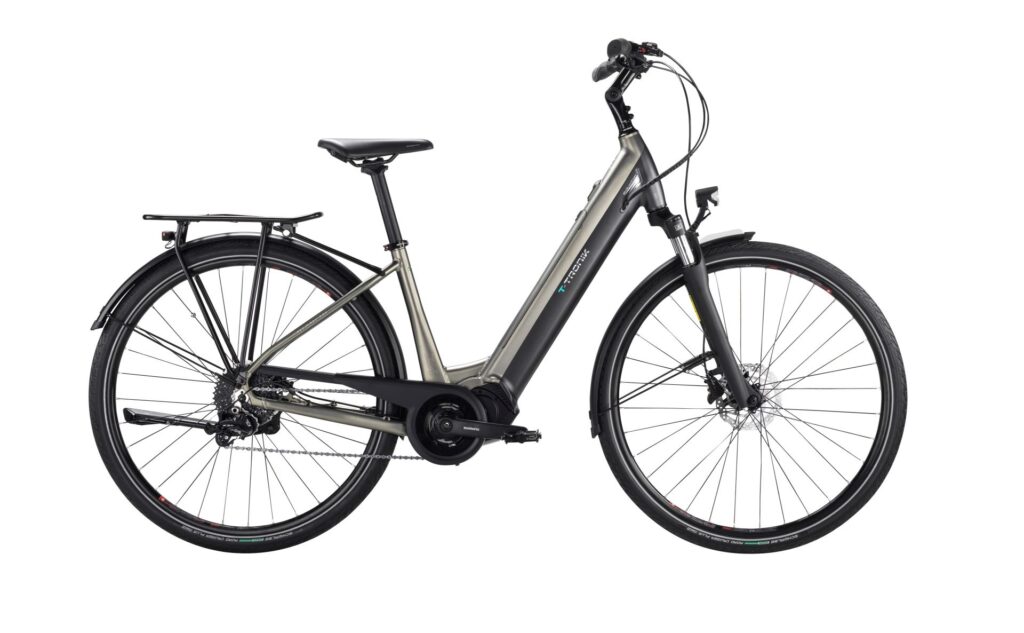
Battery Life and Efficiency: The Ultimate Benefit
Ultimately, the quest for aerodynamics in city cruiser e-bikes boils down to efficiency and battery life. In my days of cycling, whether it be tackling rough terrains on a mountain bike or navigating urban landscapes on an e-bike, efficiency has always been key. With e-bikes, efficiency means being able to go further on less power. Aerodynamic designs and techniques can significantly extend the range of an e-bike, making it a more viable and sustainable option for daily commutes and urban adventures.
The Role of Aerodynamics in City Cruiser E-Bikes: Final Recap
In conclusion, the role of aerodynamics in city cruiser e-bikes is a testament to the evolving nature of cycling, where traditional principles meet modern technology to create an entirely new riding experience. Whether you’re a beginner or have a bit more experience under your belt, understanding and leveraging aerodynamics can transform your urban riding adventures. So, the next time you hop on your e-bike, remember that there’s more than just pedal power at your disposal—you have the power of aerodynamics, too.
Let’s discuss two standout options that have received acclaim for their aerodynamic features and overall performance:
1. Specialized Turbo Vado SL
The Specialized Turbo Vado SL is a lightweight, high-performance e-bike designed for urban commuting and leisure riding. It combines a sleek, aerodynamic frame with an integrated battery and wiring to minimize drag. Specialized is known for its emphasis on combining speed with efficiency, and the Turbo Vado SL is no exception. It offers a powerful yet whisper-quiet motor, ensuring a smooth and efficient ride through city streets. Its design optimizes airflow around the bike and rider, enhancing battery life by reducing the power needed to overcome air resistance.
Key Features:
- Lightweight and streamlined design.
- Integrated battery and motor system for improved aerodynamics.
- Responsive and quiet motor for urban commuting.
2. Canyon Precede:ON
Canyon is renowned for its innovative bike designs, and the Precede:ON is a shining example of how aerodynamics can be integrated into urban e-bikes. This bike features a futuristic design with a focus on clean lines and integration, reducing wind resistance for an efficient ride. The Precede:ON boasts a carbon frame that not only reduces weight but also improves the bike’s aerodynamic profile. With its integrated lights, cables, and components, Canyon Precede:ON offers a sleek look and feel that’s perfect for the modern urban commuter.
Key Features:
- Carbon frame for lightweight and strength.
- Fully integrated cables and components for superior aerodynamics.
- Stylish, futuristic design that doesn’t compromise on performance.
Why These Bikes Stand Out
Both the Specialized Turbo Vado SL and Canyon Precede:ON stand out due to their exceptional focus on aerodynamics, lightweight construction, and integrated design features. These aspects not only contribute to a more efficient and enjoyable ride but also extend the range of the e-bike by reducing the energy required to combat wind resistance. For urban commuters, these features translate to less time charging and more time riding.
It’s worth noting that the best e-bike for you will depend on your specific needs, preferences, and budget. When looking for an aerodynamic electric city bike, consider factors such as the bike’s weight, the range offered by the battery, the level of pedal assistance, and the overall design in terms of both aesthetics and functionality. Always test ride if possible and check out reviews from credible sources to make an informed decision.
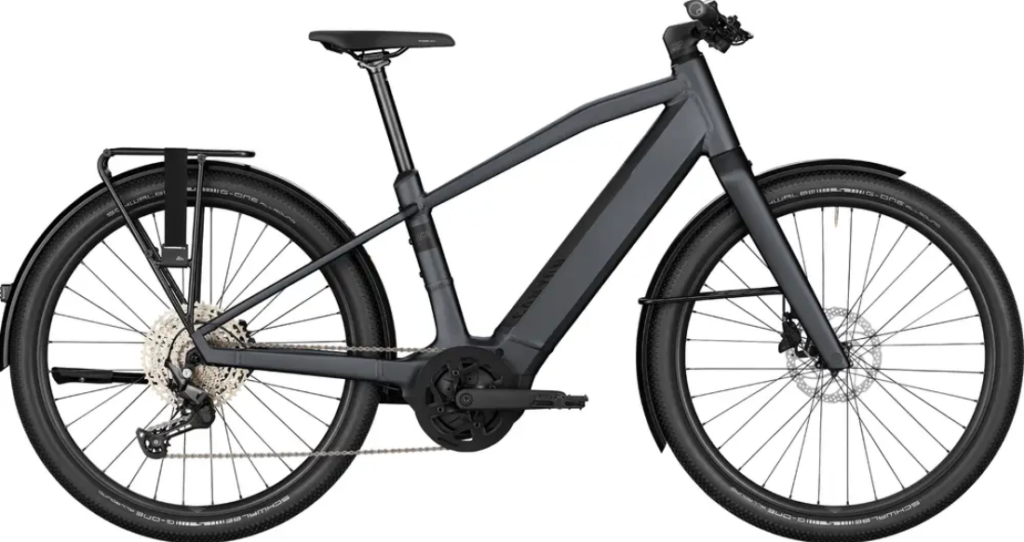
FAQ
How does aerodynamics work on bikes?
Aerodynamics on bikes work by minimizing the resistance encountered when riding through the air. This is achieved through various design features such as streamlined frames, wheels, and handlebars, which help to reduce drag and make it easier to cut through the air. By decreasing air resistance, aerodynamics allow cyclists to maintain higher speeds with less effort, ultimately improving overall efficiency and performance.
How can I increase my electric bike speed?
Increasing the speed of an electric bike involves several strategies. Firstly, upgrading to more aerodynamic components such as aero wheels and frames can reduce air resistance, allowing you to move through the air more efficiently. Secondly, ensuring that your tires are properly inflated can reduce rolling resistance, maximizing speed. Additionally, optimizing your riding position by adjusting handlebar height and saddle position can also contribute to improved aerodynamics and increased speed.
At what speed does aerodynamics affect a bike?
Aerodynamics start to significantly affect a bike’s performance at speeds above approximately 15 mph (24 km/h). At these speeds, air resistance becomes increasingly pronounced, making it more challenging to maintain or increase speed without addressing aerodynamic considerations. Beyond this threshold, optimizing bike aerodynamics becomes crucial for achieving higher speeds and improved performance.
How can I improve my bike aerodynamics?
Improving bike aerodynamics involves several techniques. Firstly, using streamlined clothing such as tight-fitting jerseys and aerodynamic helmets can reduce wind resistance. Secondly, maintaining a tucked riding position, where the body is lowered and streamlined, can further minimize drag. Additionally, selecting aerodynamic bike components such as deep-section wheels and aero frames can enhance overall bike performance.
Regular bike maintenance, including keeping drivetrain components clean and well-lubricated, can also help to reduce mechanical friction and improve aerodynamic efficiency. Overall, a combination of these strategies can lead to significant improvements in bike aerodynamics and performance.



